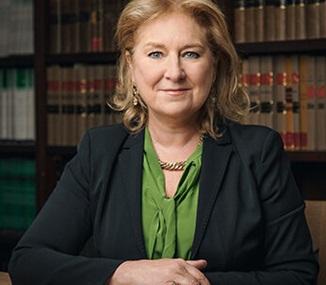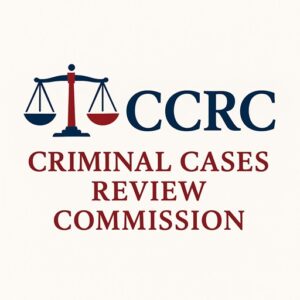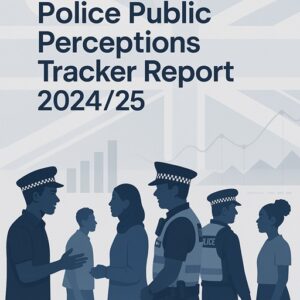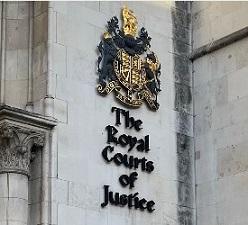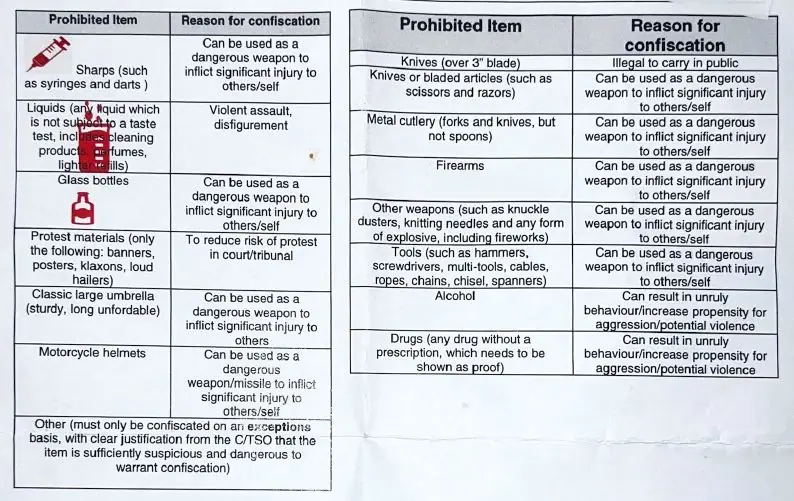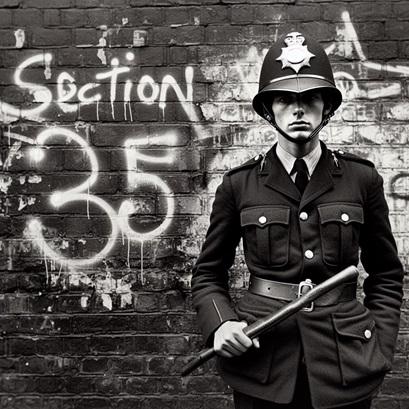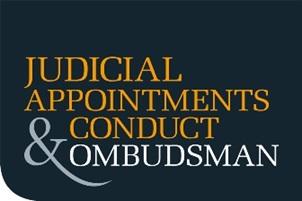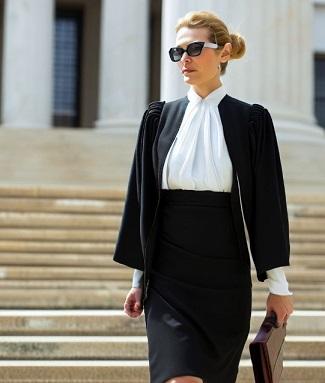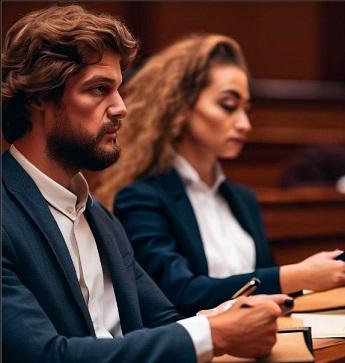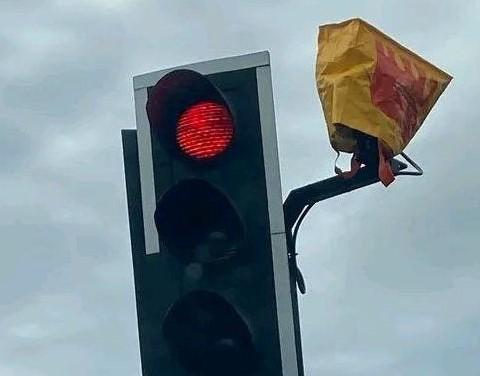The Lady Chief Justice is the most senior judge in England and Wales, and is responsible for the administration of justice. The salary of the Lady Chief Justice is £312,510.
Dame Sue Carr was sworn in as the first Lady Chief Justice of England and Wales on the 1st October 2023.
Check out our articles on HHJ Inman KC and the email to the Lady Chief Justice.
His Majesty The King has been pleased to approve the appointment of Dame Sue Carr as the Lady Chief Justice of England and Wales from 1 October 2023. This appointment follows the retirement of The Rt Hon. the Lord Burnett of Maldon on 30 September 2023.
Dame Sue Carr was called to the Bar in 1987. As a barrister she specialised in general commercial law and took silk in 2003. She became Chair of the Professional Negligence Bar Association in 2007, Chair of the Bar Standards Board Conduct Committee in 2008, and was appointed as the Complaints Commissioner to the International Criminal Court in the Hague in 2011.
Her judicial career began in 2009 in crime, when she became a Recorder. She was appointed to the High Court, Queen’s Bench Division in 2013, and became a nominated Judge of the Commercial Court and the Technology and Construction Court in 2014. In the same year she became a member of the Investigatory Powers Tribunal until 2016. She became a Presider of the Midland Circuit in 2016 until 2020, when she was appointed as a Lady Justice of Appeal. In the same year she was also appointed as the senior Judicial Commissioner and Vice Chair of the Judicial Appointments Commission, a position she held until January 2023.
Dame Sue Carr was educated at Wycombe Abbey School and read law at Trinity College Cambridge.
Appointment of Lord Chief Justice: 15 June 2023 gov.uk
The role of The Lady Chief Justice (LCJ) is to oversee the judiciary and ensure that the courts operate efficiently and effectively. This position is a vital one in the legal system, and the Lady Chief Justice plays a significant role in upholding the rule of law in England and Wales.
The Lady Chief Justice is also President of all the Courts of England and Wales. The Lady Chief Justice sits in both the Criminal and Civil divisions of the Court of Appeal, in the Divisional Court and also, by invitation, in the UK Supreme Court.
Under the Constitutional Reform Act 2005, the Lady Chief Justice (LCJ) has some 400 statutory (required by law) duties. The LCJ’s key responsibilities include:
Lady Chief Justice Courts and Tribunals Judiciary
- Representing the views of the judiciary of England and Wales to Parliament and Government.
- The welfare, training and guidance of the judiciary of England and Wales. The Lord Chief Justice discusses with Government the provision of resources for the judiciary, which are allotted by the Lord Chancellor.
- The deployment of judges and allocation of work in courts in England and Wales.
You may also be interested in our article on the Lord Chief Justice, Master of the Rolls and the Lord Chancellor.
History of the Lord/Lady Chief Justice
The history of the Lord Chief Justice dates back to the 12th century, when the office of the Chief Justiciar was established in England. This office was responsible for overseeing the administration of justice in the country, and was considered the most important legal office in the land.
Over time, the role of the Chief Justiciar evolved, and in 1234, the office of the Lord Chief Justice was established by King Henry III. This new position was created to provide greater independence and authority to the judiciary, and to ensure that justice was administered fairly and impartially.
The Lord Chief Justice is appointed by the King on the recommendation of the Prime Minister. The appointment is made from a list of candidates prepared by an independent panel of legal experts. The Lord Chief Justice holds the position for a fixed term of five years, after which he or she may be re-appointed for another term.
The Lord Chief Justice has a number of important responsibilities. These include presiding over the Court of Appeal, which is the second highest court in the land, and overseeing the High Court and the Crown Court. The Lord Chief Justice also plays a key role in the development of the law, and is responsible for ensuring that the judiciary is properly trained and equipped to handle the complex legal issues that arise in the modern world.
One of the key functions of the Lord Chief Justice is to ensure that justice is administered fairly and impartially. This means that the Lord Chief Justice must be independent of political influence, and must make decisions based solely on the evidence presented in court. The Lord Chief Justice is also responsible for ensuring that the court system operates efficiently and effectively, and that the rights of defendants and victims are protected.
The Lord Chief Justice is assisted in his or her duties by a team of judges, including the Lord Justice of Appeal and the High Court judges. These judges are responsible for hearing cases and making judgments in accordance with the law. The Lord Chief Justice also works closely with the Ministry of Justice and the Attorney General’s office to ensure that the legal system operates effectively and efficiently.
In addition to his or her legal duties, the Lord Chief Justice also plays an important role in promoting the legal profession and upholding the principles of justice and fairness. The Lord Chief Justice is often called upon to speak publicly on legal issues, and to represent the legal profession in national and international forums. The Lord Chief Justice is also responsible for ensuring that the legal profession maintains high ethical standards, and that lawyers and judges act with integrity and professionalism at all times.
The role of the Lord Chief Justice is a complex and demanding one, and requires a deep understanding of the law and the legal system. The Lord Chief Justice must be able to balance the demands of the legal profession with the needs of society, and must be able to make difficult decisions in the face of complex legal issues. The Lord Chief Justice must also be able to work closely with other members of the judiciary, as well as with government officials, to ensure that the legal system operates smoothly and effectively.
In recent years, the role of the Lord Chief Justice has become even more important, as the legal system has become more complex and the demands on the judiciary have increased. The Lord Chief Justice must be able to adapt to changing circumstances, and to ensure that the legal system remains effective in the face of new challenges and developments.
As Lady Chief Justice, Dame Carr is responsible for overseeing the administration of justice in England and Wales, and for ensuring that the legal system operates fairly and efficiently. She also plays an important role in promoting the independence and integrity of the judiciary, and in ensuring that judges and lawyers maintain high ethical standards.
In addition to his role as Lady Chief Justice, Carr also serves as a member of the Privy Council. She is widely respected for his legal expertise and her commitment to upholding the rule of law, and is regarded as one of the most influential legal figures in the UK today.
Appointment and Selection Process
The appointment of the Lord/Lady Chief Justice is made by His Majesty The King on the advice of the Prime Minister and the Lord Chancellor following the recommendation of an independent selection panel chaired by Helen Pitcher OBE, Chair of the Judicial Appointments Commission . The other members were Lord Lloyd-Jones of the Supreme Court, Sue Hoyle OBE and Sarah Lee (lay and professional members of the Judicial Appointments Commission), and Lord Justice Edis (Senior Presiding Judge).
This selection exercise was run under the relevant sections of the Constitutional Reform Act 2005 as amended by the Crime and Courts Act 2013. In accordance with section 70 of the Constitutional Reform Act 2005, as amended by the Crime and Courts Act 2013, the panel determined the selection process to be followed and consulted the Lord Chancellor and the First Minister of Wales on the process followed.
In accordance with s.10(3) of the Senior Courts Act 1981 c.54, the selection exercise was open to all applicants who satisfied the judicial-appointment eligibility condition on a 7-year basis, or were judges of the Supreme Court, Court of Appeal, or High Court.
Given the challenges of reducing the outstanding caseloads across jurisdictions and the drive for modernisation across the Courts and Tribunals, candidates were expected to be able to serve for at least 4 years.
Appointment of Lord Chief Justice: 15 June 2023 gov.uk
The Lady Chief Justice is a vital figure in the English legal system, and plays a crucial role in upholding the principles of justice and fairness. The Lady Chief Justice is responsible for overseeing the administration of justice in England and Wales, and for ensuring that the legal system operates efficiently and effectively.
The Lady Chief Justice is also responsible for promoting the legal profession, and for ensuring that lawyers and judges maintain high ethical standards. This is an important role, as the legal profession plays a key role in upholding the rule of law and protecting the rights of individuals.
The Lady Chief Justice is an impartial figure, who must make decisions based solely on the evidence presented in court. This means that the Lady Chief Justice must be independent of political influence, and must be able to make difficult decisions in the face of complex legal issues.
One of the most important functions of the Lady Chief Justice is to oversee the development of the law. The Lady Chief Justice plays a key role in shaping the law, and in ensuring that the legal system remains relevant and effective in the face of new challenges and developments.
The Lady Chief Justice is also responsible for ensuring that the judiciary is properly trained and equipped to handle the complex legal issues that arise in the modern world. This means that the Lady Chief Justice must work closely with other members of the judiciary, as well as with government officials, to ensure that the legal system remains effective and efficient.
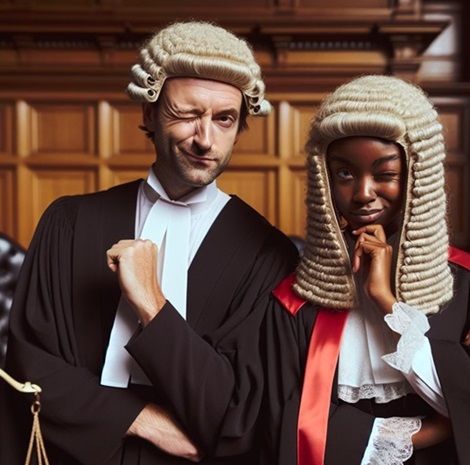
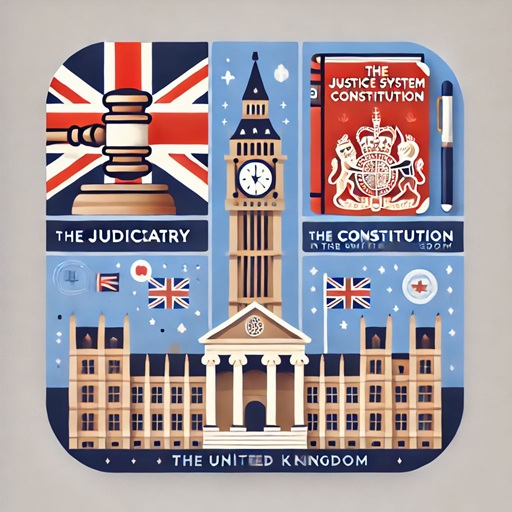

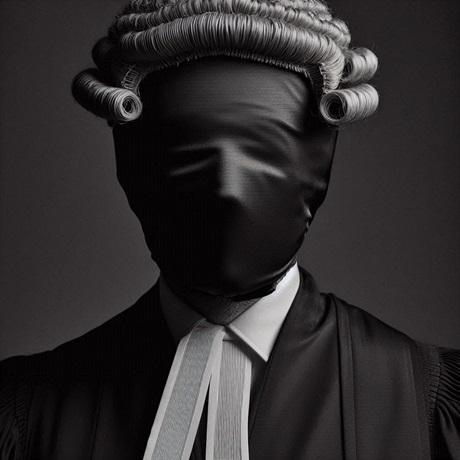

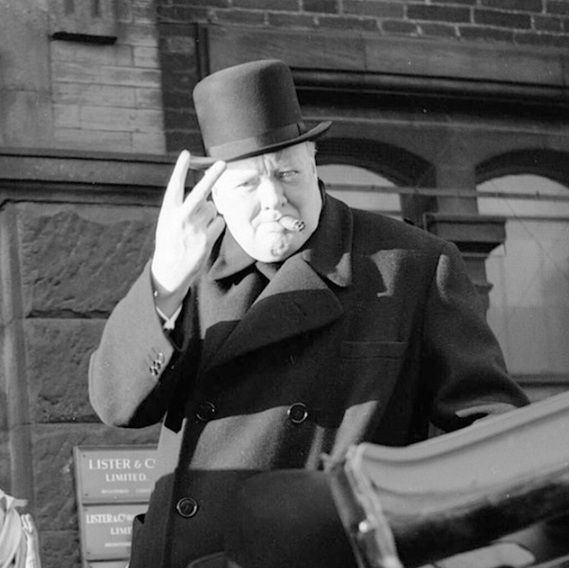
The Ministry of Injustice is not the Ministry of Justice nor is it affiliated in any way with the justice system, legal profession or any law enforcement agencies.
Most Popular ↓

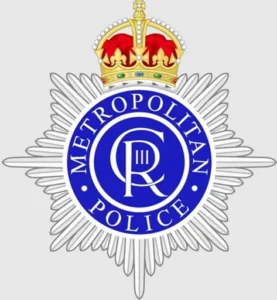
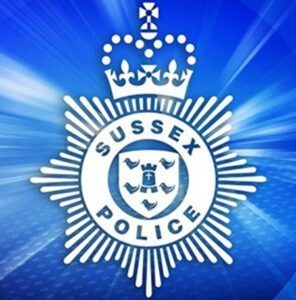

What is Policing by Consent ? What is Two Tier Policing ?
Latest Articles ↓
- What is the Forensic Science Regulator ?Forensic science is a cornerstone of modern criminal justice, providing critical evidence that can make or break a case. However, the reliability and accuracy of… Read more: What is the Forensic Science Regulator ?
- What is the Criminal Cases Review Commission ?The Criminal Cases Review Commission (CCRC) stands as a vital institution within the criminal justice system, dedicated to investigating potential miscarriages of justice. Established in… Read more: What is the Criminal Cases Review Commission ?
- Did Bobby Vylan and the BBC break the law at Glastonbury 2025 ?The performance by Bob Vylan at Glastonbury 2025, where frontman Bobby Vylan (reportedly Pascal Robinson-Foster) led chants of “death, death to the IDF” and “from… Read more: Did Bobby Vylan and the BBC break the law at Glastonbury 2025 ?
- Police Public Confidence and EngagementThe Independent Office for Police Conduct (IOPC) undertake regular surveys to assess the public’s perceptions of the police, as well as their confidence in the… Read more: Police Public Confidence and Engagement
All Articles can be found in the Legal Blog or Sitemap.
You should always seek formal legal advice from a qualified and reputable lawyer (solicitor or barrister).
‘Justice delayed is justice denied’
William Ewart Gladstone
There are a number of links to Free and Paid For Legal Resources and Legal Organisations on the Free Legal Advice , Legal Aid and Pro Bono pages.
